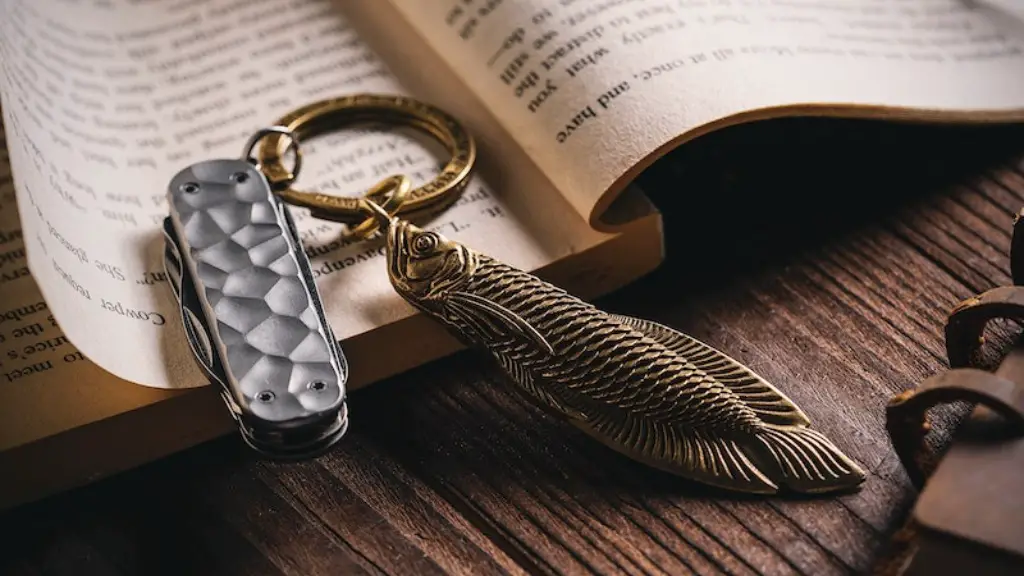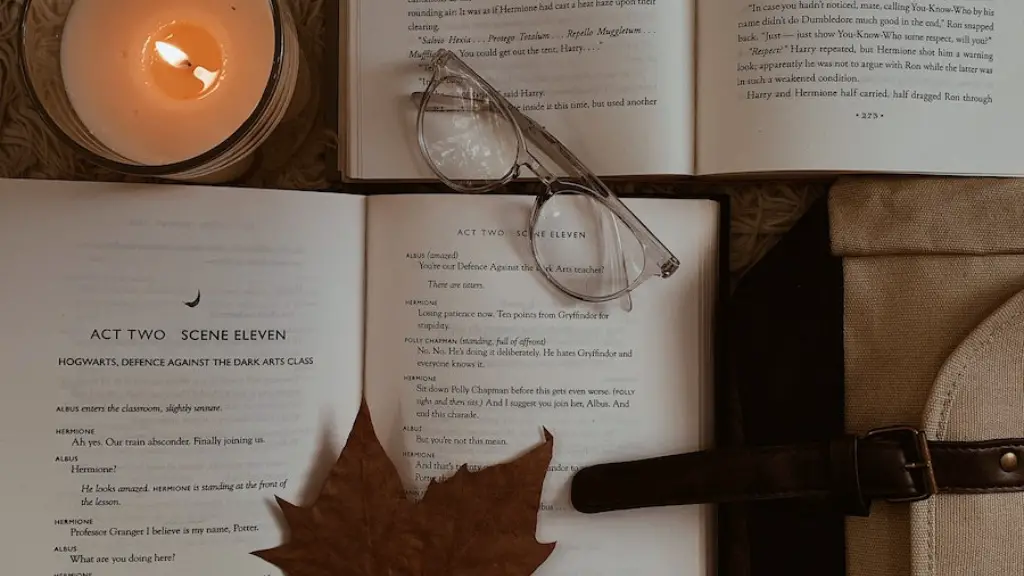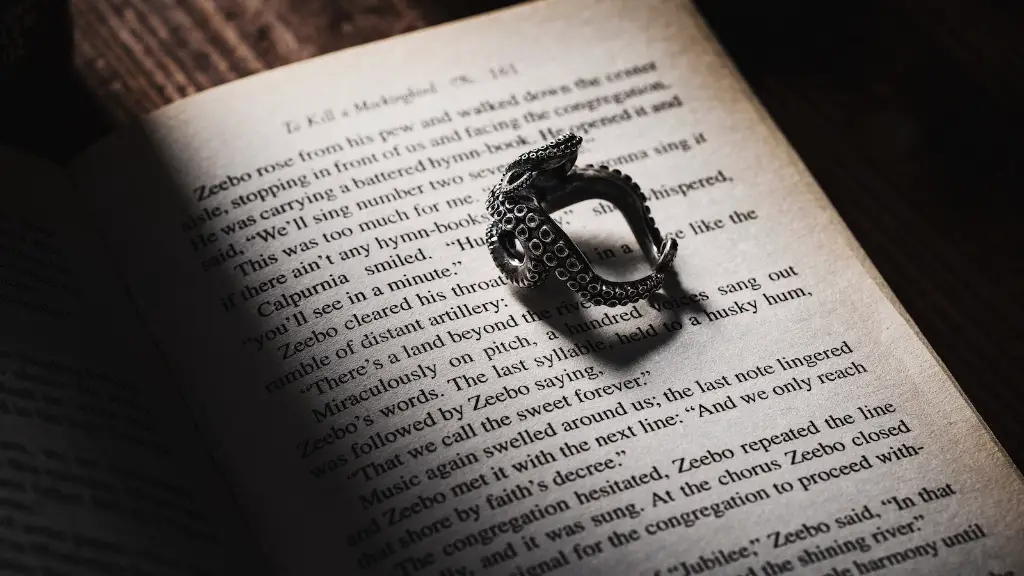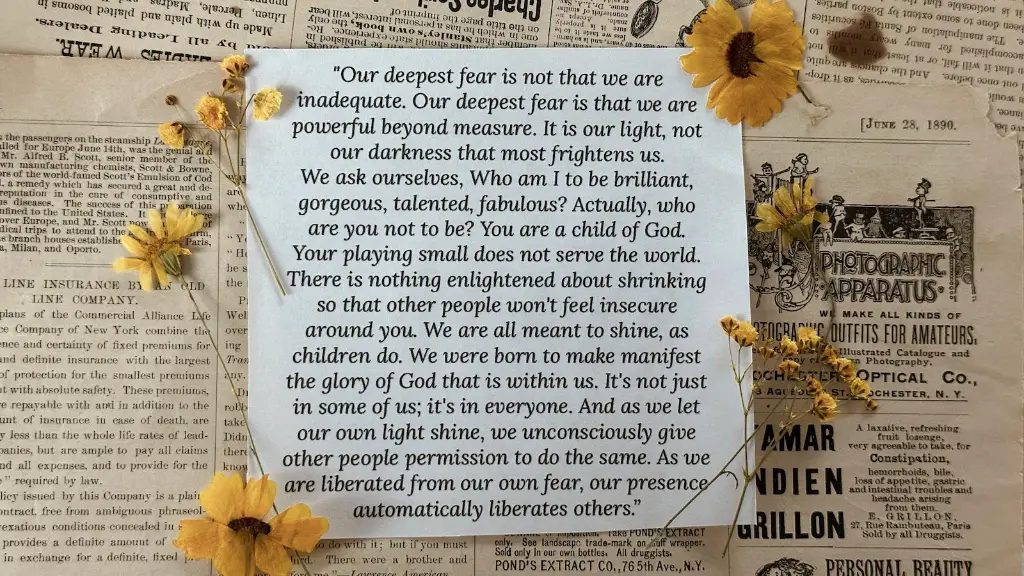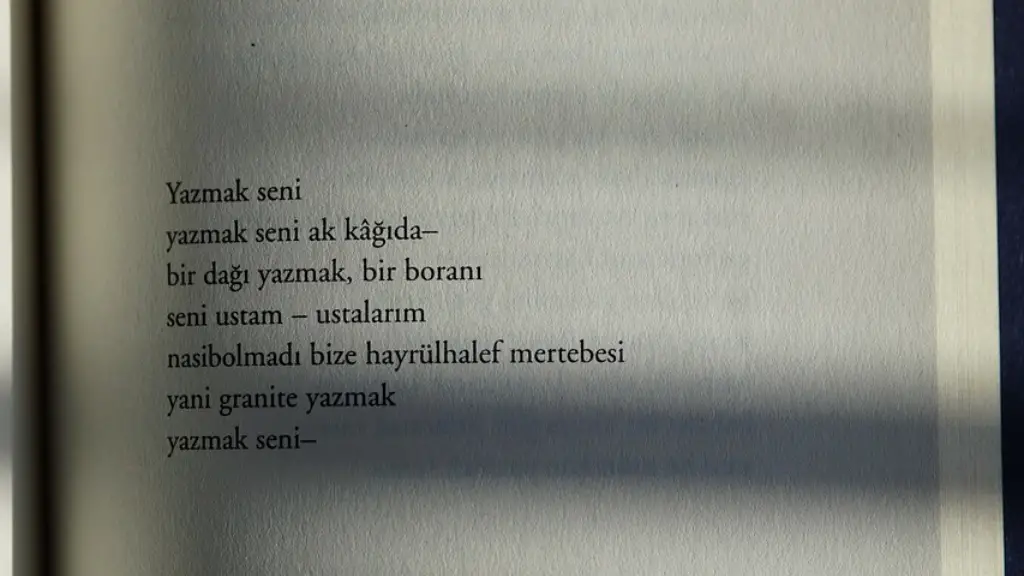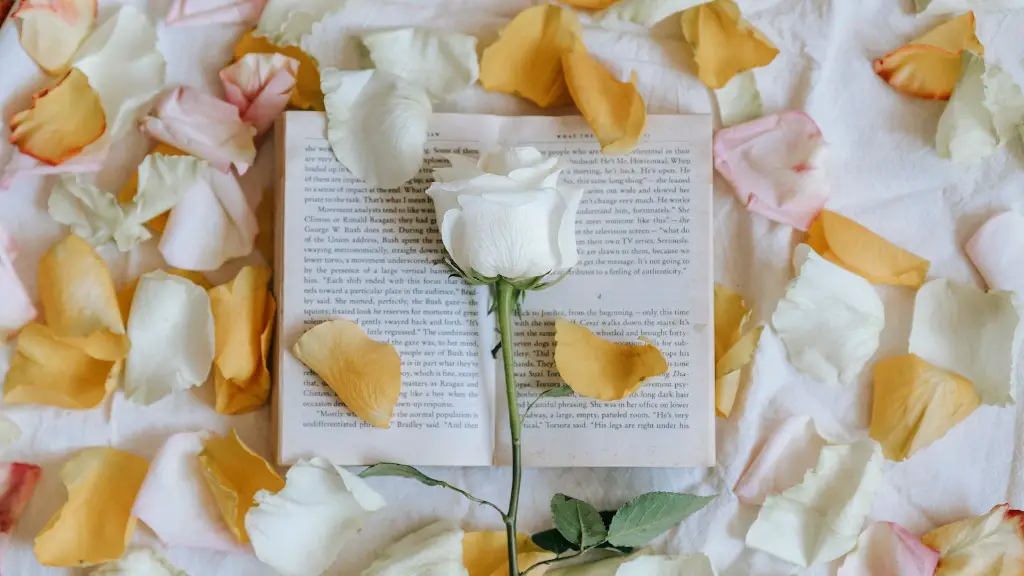Meter, or metre, is a metric used in poetry to determine the rhythmic pattern of words and syllables. A meter defines the number of syllables in each line and their stress. Meter creates the rhythmic pulse in poetry and can be used to express emotion and make the poem sound musical. By mastering the use of meter, a poem becomes powerful and evocative.
The most common forms of meter have roots in Ancient Greek and Latin poetry. Many of the same rules and techniques are used today. The most popular meters in English are iambic, anapestic, trochaic, spondaic, dactylic, and amphibrachic. Understanding and using these meters can help poets create powerful and impactful poetry.
Iambic meter is the most common type of meter in English poetry. It is made up of two syllables, with the first syllable being unstressed and the second syllable being stressed. For example, the line “O Captain my Captain” is written in iambic meter because the first syllable of Captain is unstressed, while the second syllable is stressed.
Anapestic meter is another type of meter used in poetry. It is made up of three syllables, with the first two syllables being unstressed, and the third syllable being stressed. For example, “Twas the night before Christmas” is written in anapestic meter because the first two syllables of Twas are unstressed, and the third syllable is stressed.
Trochaic meter is also a type of meter used in poetry. It is made up of two syllables, with the first syllable being stressed and the second syllable being unstressed. For example, the line “There’s nothing like home” is written in trochaic meter because the first syllable of There’s is stressed, and the second syllable is unstressed.
Spondaic meter is another type of meter used in poetry. It is made up of two syllables, with both syllables being stressed. For example, the line “Love is love” is written in spondaic meter because both syllables of love are stressed.
The dactylic meter is yet another form of meter in poetry. It is composed of three syllables, with the first syllable being stressed and the other two syllables being unstressed. For example, the line “Forever and ever” is written in dactylic meter because the first syllable of Forever is stressed, and the other two syllables are unstressed.
Finally, the amphibrachic meter is the fifth and final form of meter used in poetry. It is made up of three syllables, with the middle syllable being stressed and the other two syllables being unstressed. For example, the line “Farewell my love” is written in amphibrachic meter because the middle syllable of Farewell is stressed, and the other two syllables are unstressed.
Building Meter
Using meter is an art form and requires practice and dedication. To create a poem with meter, it is important to first think of the idea and goal of the poem, setting the general tone and direction. Once the thought is nailed down, start to choose the meter that best matches the rhythm and emotion of the poem. The meter may change depending on the mood and sentiment of the poem.
Next, construct the lines of the poem using a chosen meter. It is helpful to read out the lines loud to get a better sense of the meter and make any changes that may be needed. Keep in mind that the line of the poem must always follow the chosen meter and should express the emotion of the poem. This technique can help the meter create the desired effect and make the poem sound musical.
Finally, edit and revise the poem to ensure that the meter works and that the poem expresses what the poet want it to express. Although it takes time, a poem with meter can become powerful and more evocative with the right amount of practice and dedication.
Using Meter in Poetry
Meter can be used to make a poem more musical and expressive. Playing with meter can make a poem more enjoyable and easier to follow. For example, a dactylic poem will keep readers engaged and create a higher degree of suspense in the poem. On the other hand, anapestic meter can be used to keep the pace of the poem light and upbeat.
Meter can also be used to create different emotions. For instance, trochaic meter can be used to convey power and strength, while iambic meter can be used to create a lulling and calming atmosphere. Meter can also be used to create a sense of tragedy or sorrow, and spondaic meter can be used to express intense emotions.
In addition, meter can be used to emphasize and draw attention to certain words and phrases. By repeating the same meter over and over again, words and phrases can become more powerful and memorable. For example, a poem written in anapestic meter can help draw attention to certain words and help create a powerful impact.
Analyzing Meter
Analyzing a poem can help us understand how the poet has used meter. Meter can be used to communicate different ideas and express different emotions. For example, if a poem is written in anapestic meter, the reader can expect a light and upbeat poem about a certain topic. On the other hand, if a poem is written in trochaic meter, the reader can expect a powerful and intense poem.
When analyzing a poem, it is also important to look at the context and the meaning of the words. Meter can be used to create a certain atmosphere, but it also has to be used in conjunction with other elements, such as imagery and symbolism, to create a powerful and meaningful poem.
The Role of Meter
Meter plays an important role in poetry. It gives the poem structure and helps to create a certain rhythm and mood. Meter is essential to create the right atmosphere in a poem and can be used to make the poem sound musical and evoke certain emotions in the reader. By understanding and making use of the different types of meter available, poets can create powerful and evocative poetry.
Meter can also be used to emphasize certain words and phrases and make them more powerful and memorable. Poems written with meter also tend to be easier to understand and appreciate. For these reasons, meter can be an invaluable tool for poets looking to convey ideas and express emotions.
Exploring Meter
Meter is a powerful tool for poets, and it is important for poets to understand the different types of meters and how to use them effectively. Exploring the different meters can help poets create powerful and meaningful poetry.
Meter can be explored by reading books and poems written in different meters. Keeping a diary also helps, as it allows poets to experiment with different meters and analyze their writing. Reading and analyzing other writers’ works can also help poets understand how meter can be used in various contexts.
Finally, poets should practice using different types of meter in their writing. Writing a poem every day using a different meter can help poets understand how to make use of meter to create powerful and evocative poems. This can help them become more confident and proficient in their writing.
Takeaways
Meter is an essential tool for creating powerful and evocative poetry. Different types of meter are used to create different atmospheres, evoke different emotions, and emphasize certain words and phrases. Exploring the different types of meter and practicing with them can help poets create more meaningful and powerful poetry. Understanding and making use of meter is essential for any poet looking to create impactful poetry.
